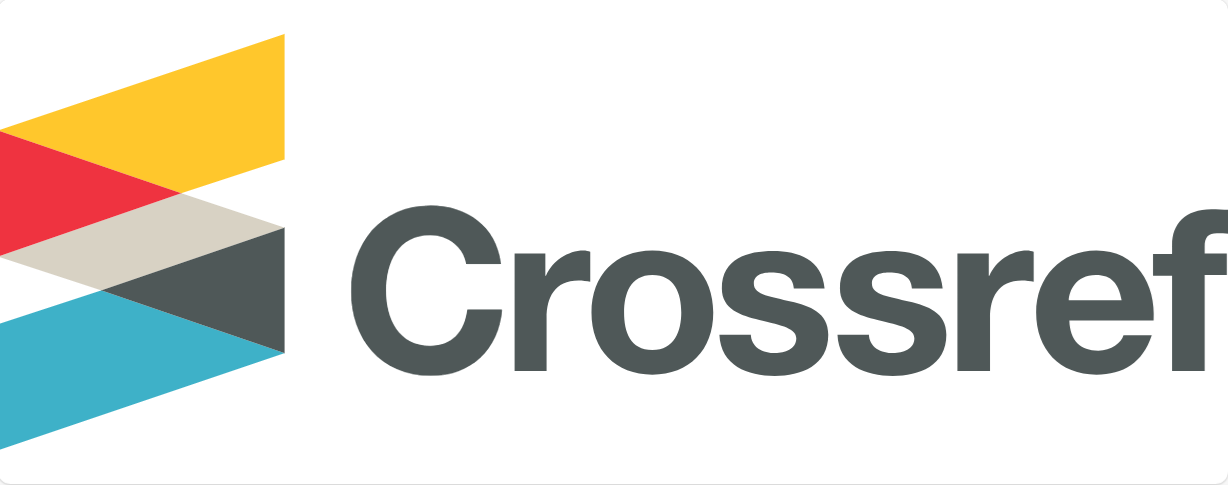Abstract
This study aims to figure out the tendency of FIB UI Library and Information Science students in choosing their research locus and topics to complete the final project during the period 2013-2017. This research also aims to get an idea of the pattern of locus research selection and research topics. The data used is the thesis of FIB UI Library and Information Science Department students in the 2013-2017 period. This study uses a descriptive method with a quantitative approach. The results showed that students tended to choose loci other than information centers or information institutions such as libraries, archive centers, and record centers, through other sources such as museums, films, novels, social media, information dissemination, and people as objects of research by examining knowledge, behavior, and perspective. The advancement of technology and information media, and scientific development has led to more and more research loci and topics that can be explored, and not limited to topics related to information centers or information institutions, but it can extend to an information culture in a society. On the other hand, research topics related to facilities and services as well as management of an information center or information institution are also widely discussed by Library and Information Science Department students, Faculty of Humanities UI. With this research, it is expected to be able to provide an overview of current trends of research topics in Library and information science.
Bahasa Abstract
Penelitian ini bertujuan untuk melihat kecenderungan mahasiswa program studi Ilmu Perpustakaan dan Informasi FIB UI selama periode 2013-2017 dalam memilih lokus dan topik penelitian untuk menyelesaikan tugas akhir. Penelitian ini juga bertujuan untuk mendapatkan gambaran mengenai pola pemilihan lokus dan topik penelitian tersebut. Data yang digunakan adalah skripsi mahasiswa program studi Ilmu Perpustakaan dan Informasi FIB UI periode 2013-2017. Penelitian ini menggunakan metode deskriptif dengan pendekatan kuantitatif. Hasil penelitian menunjukkan bahwa mahasiswa cenderung memilih lokus selain pusat informasi atau lembaga informasi seperti perpustakaan maupun pusat arsip dan rekod, juga lembaga lain seperti museum dan taman bacaan. film, novel dan sosial media, penyebaran informasi, maupun orang dijadikan objek penelitian ketika mahasiswa meneliti tentang pengetahuan, perilaku, dan perspektif terhadap suatu hal. Kemajuan teknologi dan media informasi serta perkembangan keilmuan menyebabkan semakin banyaknya lokus dan topik penelitian yang bisa dieksplorasi dan tidak terbatas hanya pada topik yang berkaitan dengan pusat informasi atau lembaga informasi saja, tetapi dapat meluas sampai budaya informasi pada suatu masyarakat. Di sisi lain, penelitian dengan topik yang berkaitan dengan fasilitas dan layanan serta manajemen suatu pusat informasi atau lembaga informasi juga banyak dibahas oleh mahasiswa program studi Ilmu Perpustakaan dan Informasi FIB UI. Penelitian ini diharapkan dapat memberi gambaran dan sebagai bahan pertimbangan evaluasi bagi akademisi dan profesional di bidang Ilmu Perpustakaan dan informasi untuk mengembangkannya sesuai dengan perkembangan zaman.
References
- Association of Research Libraries. (2014). Scholarly Communication. Accessed October 29, 2018. http://www.arl.org/focus-areas/scholarlycommunication
- Bellis, D. N. (2009). Bibliometrics and Citation Analysis. Scarecrow Pres, Inc. Toronto.
- Bornmann, Lutz., Leydesdorff, Loet. (2014). Scienometrics in a Changing Research Landscape. Science of Society. Vol 15. No 12. P: 1228-1232.
- Brown, T., & Gutman, S. A. (2018). Impact factor, eigenfactor, article influence, scopus SNIP, and SCImage journal rank of occupational therapy journals. Scandinavian Journal of Occupational Therapy, 1–9.
- Cronin, B. (2003). Scholarly communication and epistemic cultures. New Review of Academic Librarianship, 9.
- Harnad, S. (1995). A subversive proposal. In Okerson, A., & O'Donnell, J. (eds.) Scholarly journals at the crossroads: A subversive proposal for electronic publishing. Washington, DC: Association of Research Libraries.
- Griffith, B. C. (1990). Understanding science: Studies of communication and information. In C. L. Borgman (ed.), Scholarly Communication and Bibliometrics (31-45). Newbury Park, CA: Sage.
- Ismail S, Nason E, Marjanoic S, et al. (2009). Bibliometrics as a tool for supporting prospective R&D decision making in the health sciences: Strengths, weaknessesand options for future development. The Top American Research Universities: Annual Report. Florida: Univ of Florida.
- Jankowsky, N. (Ed.) . (2008). e-Research: Transformation in Scholarly Practice. London: Routledge.
- Mohan, B. S., Rajgoli, I. U. (2017). Mapping of Scholarly Communication in Publications of the Astronomical Society of Austtralia, Publications of the Astronomical Society of Japan, and Publications of Astronomical Society of the Pacific: A Bibliometric Approach. Science & Technology Libraries. Vol 36. No 4. P: 351-375.
- Mukherjee, B. (2009). Scholarly Communication:A Journey from Print to Web. Library Philosophy and Practice, July, 1-8
- Pandu, R. M. (2008). Pemetaan Bidang Ilmu Berdasarkan Artikel Jurnal Pendidikan Universitas Terbuka Tahun 1999-2007: Menggunakan Analisis Co-Words. Tesis. Magister Teknologi Informasi Untuk Perpustakaan Sekolah Pascasarjana Institut Pertanian Bogor. Bogor.
- Sulistyo-Basuki. (1991). Pengantar ilmu perpustakaan. Jakarta: Gramedia Pustaka Utama
- UNESCO. (2015). Schorlaly Communication. Paris: UNESCO.
- Whitley, R. (2000). The Intellectual and Social Organization of the Sciences. Oxford: University Press.
Recommended Citation
Faturrahman, Muhammad Ashr and Wijayanti, Luki
(2020)
"Sebaran Topik Skripsi Mahasiswa Prodi Strata Satu (S1) Ilmu Perpustakaan Fakultas Ilmu Pengetahuan Budaya Universitas Indonesia 2013-2017,"
Jurnal Ilmu Informasi, Perpustakaan, dan Kearsipan: Vol. 22:
No.
1, Article 5.
DOI: 10.7454/JIPK.v22i1.005
Available at:
https://scholarhub.ui.ac.id/jipk/vol22/iss1/5
Included in
Archival Science Commons, Collection Development and Management Commons, Information Literacy Commons







